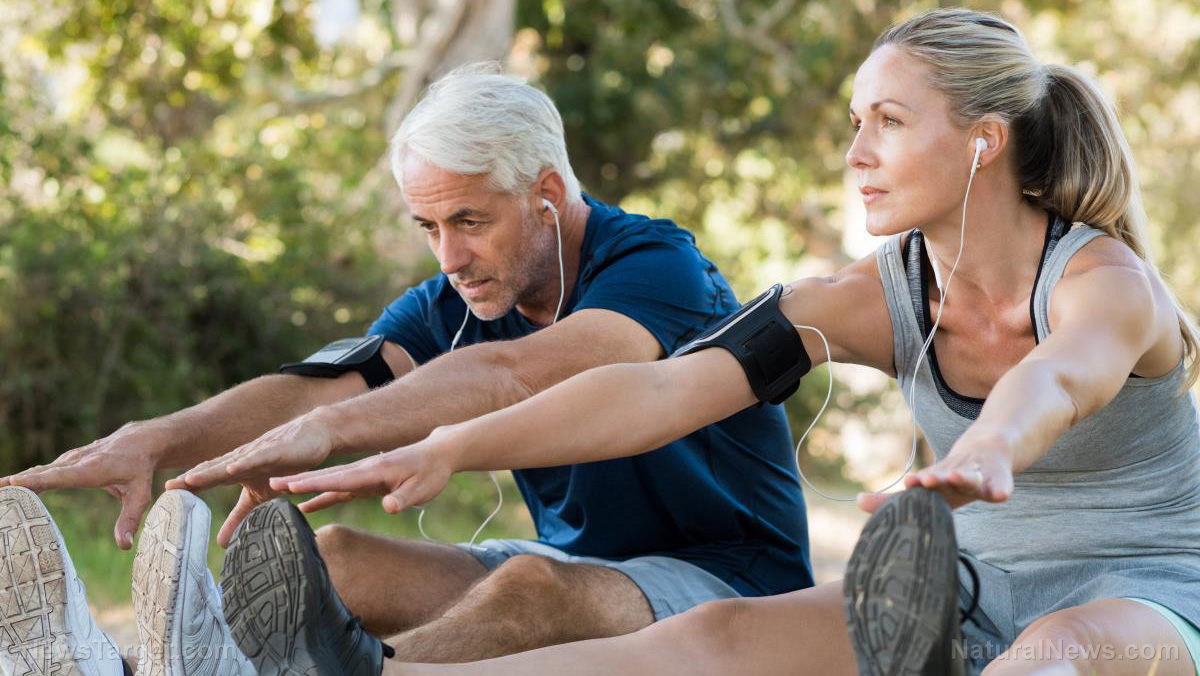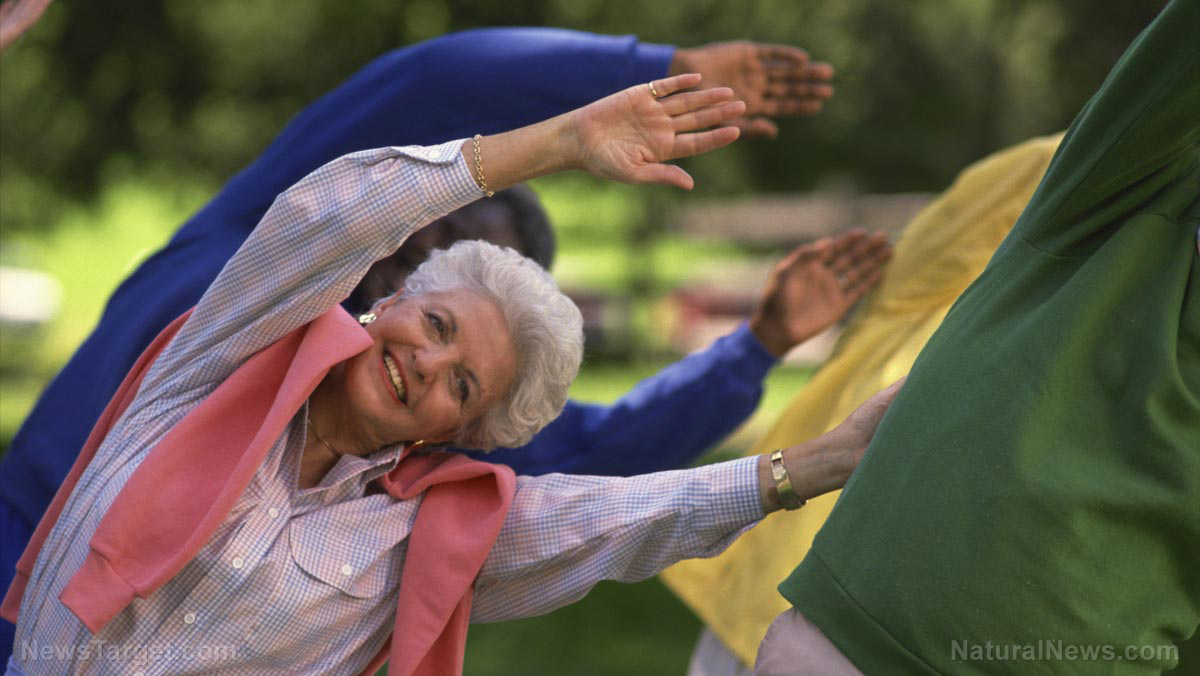5 Easy tips for making sure you take the time to exercise
11/21/2017 / By Michelle Simmons

A lot of people say they do not have the time for exercise or may not feel like it. People are less active today as technology has made people’s lives easier and more convenient. Initially, exercise may feel like a chore. However, once it becomes part of your daily routine, you will start to look forward to it as time goes by. Exercising for even an hour a day matters. You will feel better, more alert, and more energized. Below are five tips for ensuring you make time to exercise, according to LifeZette.com.
- Prioritize the activity – Make exercising your priority and put it on the calendar if needed. You should choose a time when you have a lot of energy and are at your least distracted. This could either be in the morning or late in the day when projects are completed and you are in a fairly calm and peaceful state.
- Make it simple – Pick a gym that is near your work or your home. A gym near your place is advisable so that you will be more encouraged to go. Packing a gym bag the night before is also recommended for better preparation.
- Have fun – Doing something you enjoy and love will keep you motivated and inspired. Choose the physical activities that you prefer and really like doing because these activities will drive you to continue exercising. Experience the benefit of physical activity while having fun simultaneously.
- Maximize your time – It is okay if you do not have one whole hour a day to exercise, but you should at least try to maximize the time you do have. Try hiring a trainer to help you. You can also divide a total of one hour of exercise throughout the day — 30 minutes at the start, and the other 30 minutes sometime later in the day.
- Take responsibility – Be responsible enough to make it possible. You are in control of your time and body. Know that you are doing this for your own good.
Fast facts on exercise
Exercise is defined by the World Health Organization (WHO) as a subcategory of physical activity that is planned, structured, repetitive, and aims to enhance or retain one or more components of physical fitness. Some examples of exercise are lifting weights, taking a yoga class, running, and playing sports.
According to England’s National Health Service, exercise decreases the risk of serious illnesses, such as heart disease, stroke, type-2 diabetes, and cancer by about 50 percent. Moreover, it lessens the chance of an early death by approximately 30 percent. Studies also show that regular exercise can boost confidence, enhance mood, improve sleep quality, provide energy, and lower the risk of stress, depression, dementia, and Alzheimer’s disease. (Related: If you exercise, be sure to increase your uptake of nutritional supplements and superfoods.)
However, people today are leaning towards a sedentary lifestyle. According to the records of WHO, approximately 23 percent of adults aged 18 and above around the world were physically inactive in 2010. This was partly a result of inactivity during leisure time and sedentary behavior at jobs and homes. Environmental factors also affect why people are discouraged from being more active. These include fear of violence and crime in outdoor areas; high-density traffic; low air quality and pollution; lack of parks, sidewalks and recreational facilities.
You can read more helpful articles like this on MenFitnessFocus.com and WomensFitnessFocus.com.
Sources include:
Tagged Under: exercise, fitness, health, healthy lifestyle, longevity, men's health, natural remedies, physical activity, slender, tips, women's health




















